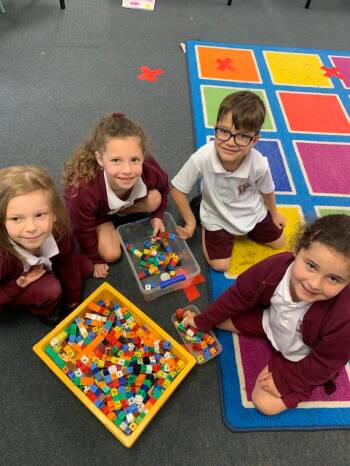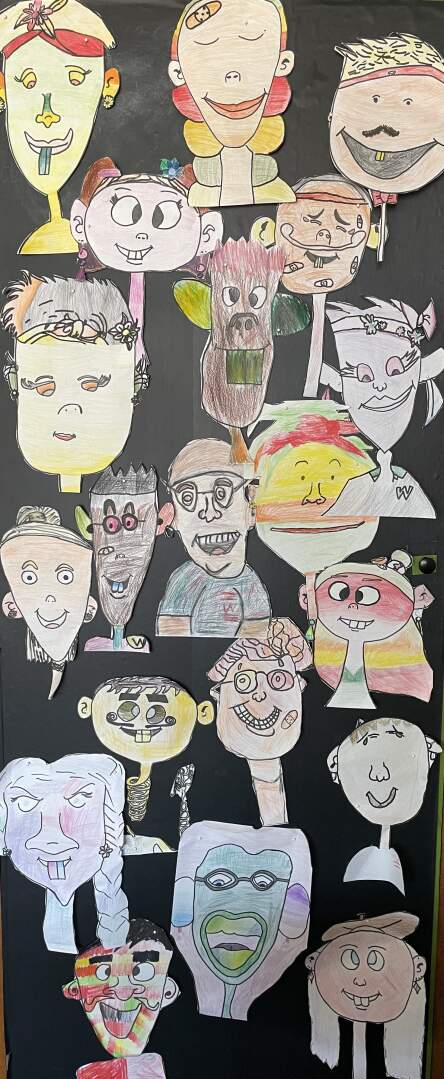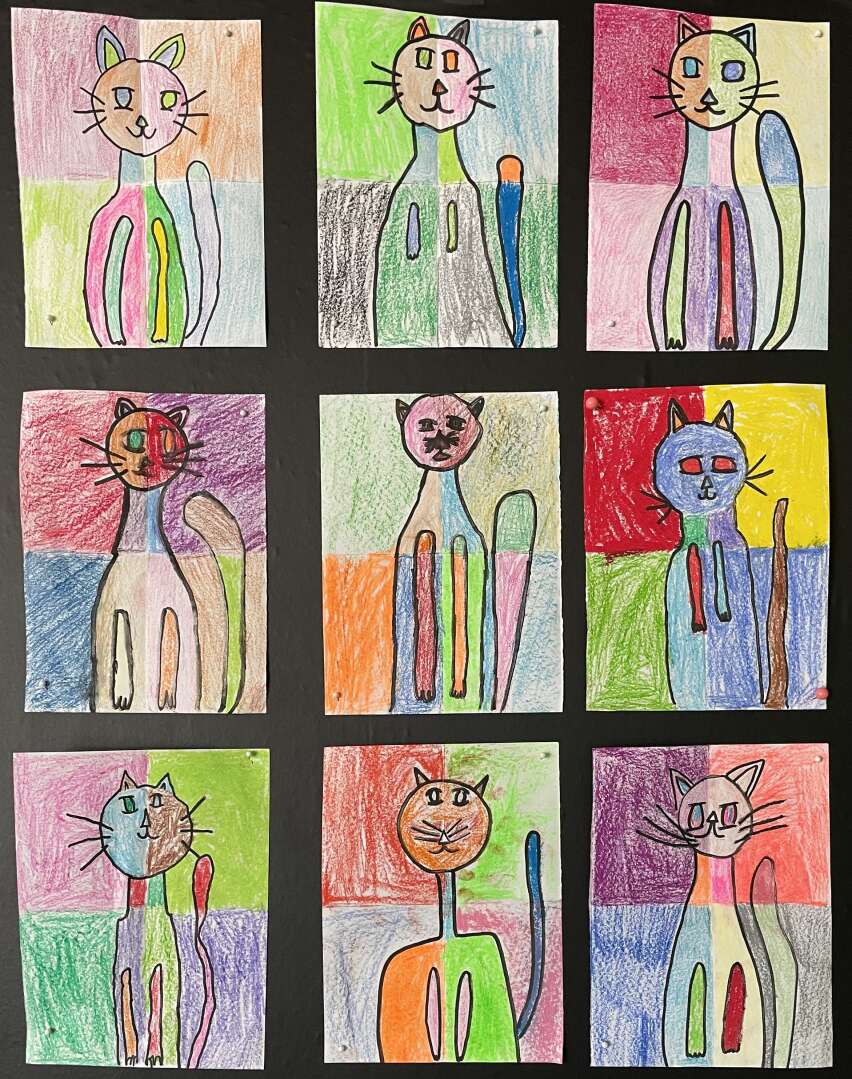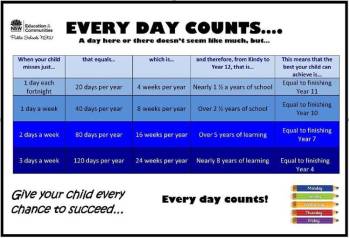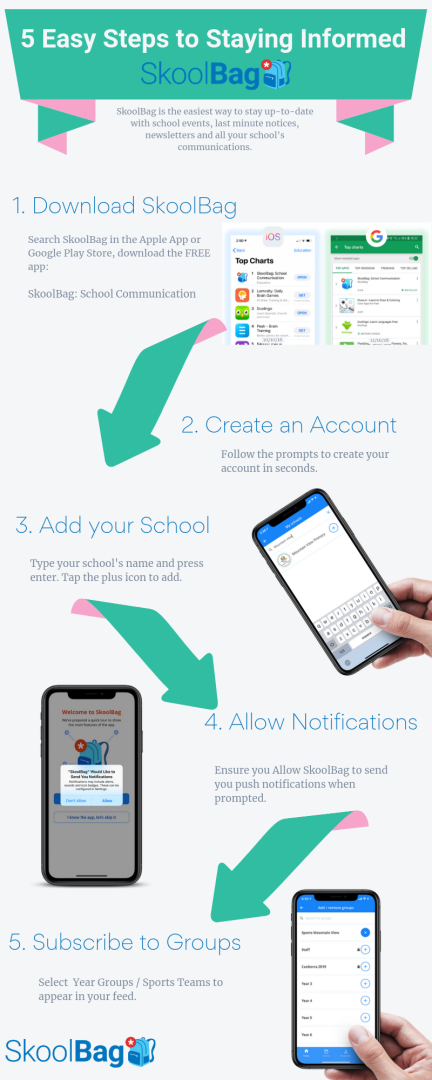Julie Inman GranteSafety Commissioner28/10/21
Raise your hand if you’ve recently been confronted with a message on your TV screen saying “Are you still watching?” as you wait for the fifth episode of your current favourite program to load. I can’t be the only one, surely?
It’s safe to say we have all been spending lot more time online through the pandemic. So, it’s no surprise that the streaming services have been one of the main draw cards to keep us entertained through these tough times. And it’s been hard to resist a binge of a good show!
That may be all well-and-good for us grown-ups using streaming services, but for children and young people it is easy to accidentally - or deliberately - encounter age-inappropriate content.
Of course, it’s normal for children to be curious, but they may be faced with material and concepts they are not ready for. Take Squid Game, for example. There are some things which really do not translate well from the small screen to the playground…
Shows such as Squid Game are intended for older audiences and contain scenes with strong themes and violence not suitable for younger people. Being exposed to this kind of content both directly through the streaming service - and indirectly through social media apps, games and pop-ups - can be distressing for children and young people.
It may also lead to them to imitating what they see through copycat acts, and behaviour that could put them, and their peers, at risk of physical or psychological harm.
Whilst this can be a challenging issue to deal with, there are things you can do to prevent or minimise the potential negative impacts of exposure to age-inappropriate content.
Advice for parents and carers
- Check the classification of the shows your child is watching. In Australia shows classified as Mature Accompanied (MA 15+) contain strong content and are meant for people over the age of 15. For more information see: What do the ratings mean?
- Ensure any streaming services your child is using have appropriate parental controls in place. Services such as Netflix, Stan, Foxtel Now and Amazon Prime all provide parental controls for families to ensure children do not access inappropriate material.
- Use parental controls on other apps or online games your child is using to minimise the risk of unintentional exposure to age-inappropriate content. Our eSafety Guide can support you to do this.
- If your child is older and wanting to watch a show classified for older audiences, watch the show yourself first. You can then have a conversation with them about the content and themes before deciding if it is suitable for them to watch.
- Support your child to seek additional help if they are feeling distressed about content they have watched online. A range of support services are available in every state and territory.
It’s important to have conversations with your child about what they are watching online and the games and apps they are using, particularly if you become aware of something new and popular.
Some tips to start those conversations could include:
- Ask open-ended questions in a non-judgemental way about encountering inappropriate content and use it as an opportunity to talk about the issues the content may bring up.
- Reassure your child that if they encounter any content that is concerning or upsetting you will be there to support them.
- Make sure your child knows that copying violent language and behaviours they have seen online, in videos or on TV shows is never okay. That age-old adage of ‘Just because others may be doing it doesn’t mean you have to!’ still applies.
You can find more advice and tips for helping children and young people at the parents and educators pages of our online safety hub.




